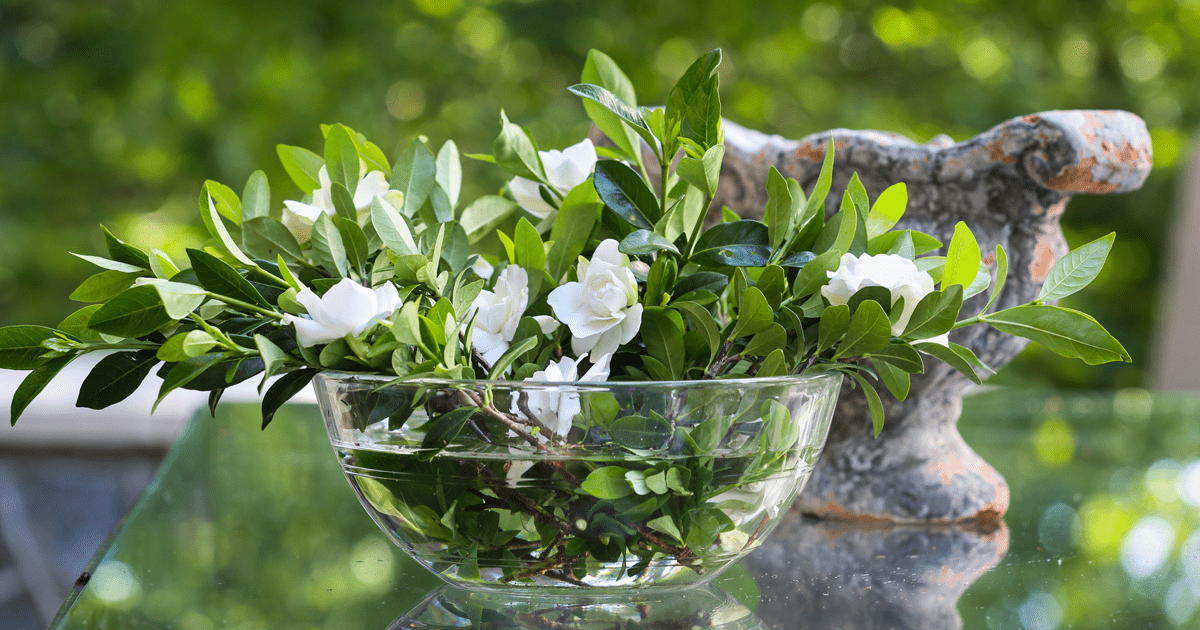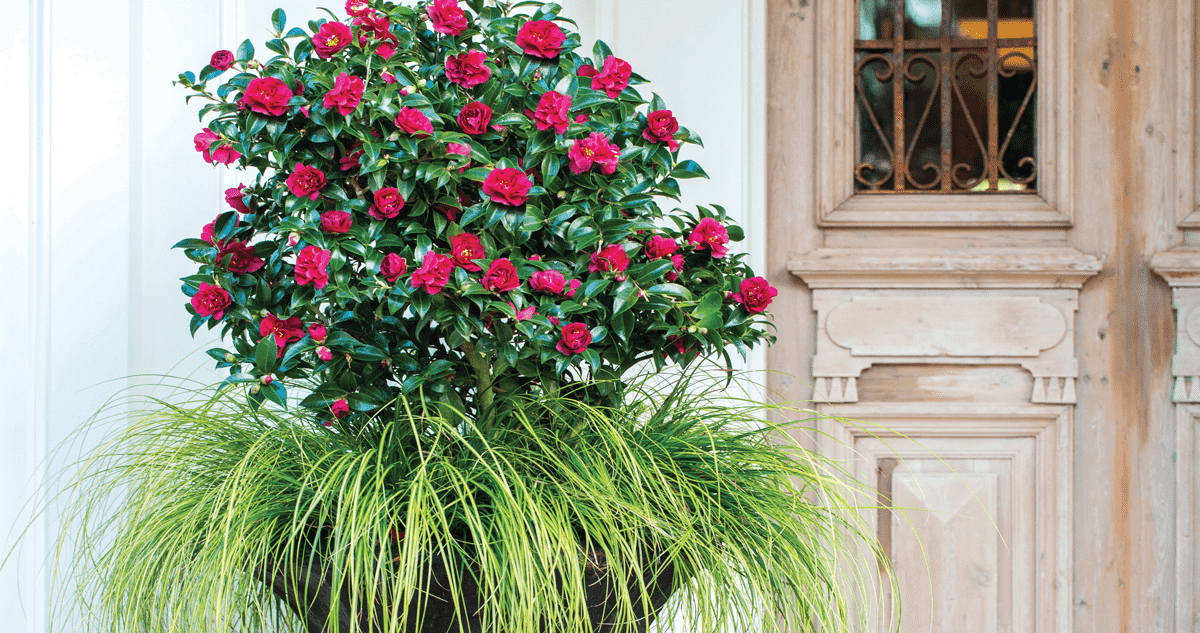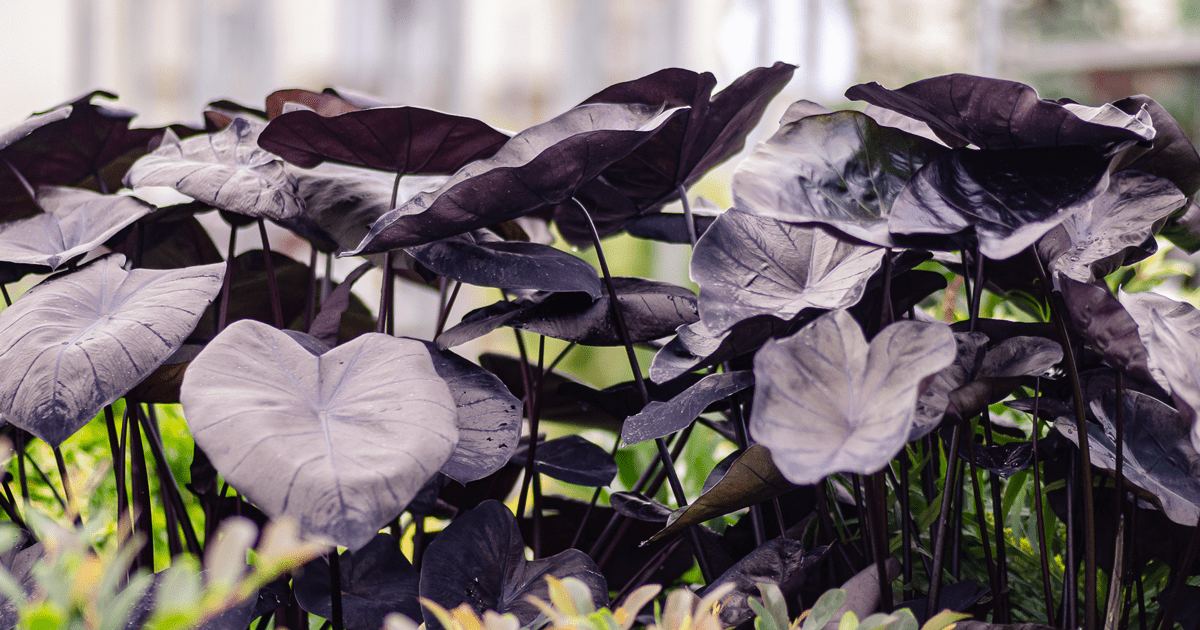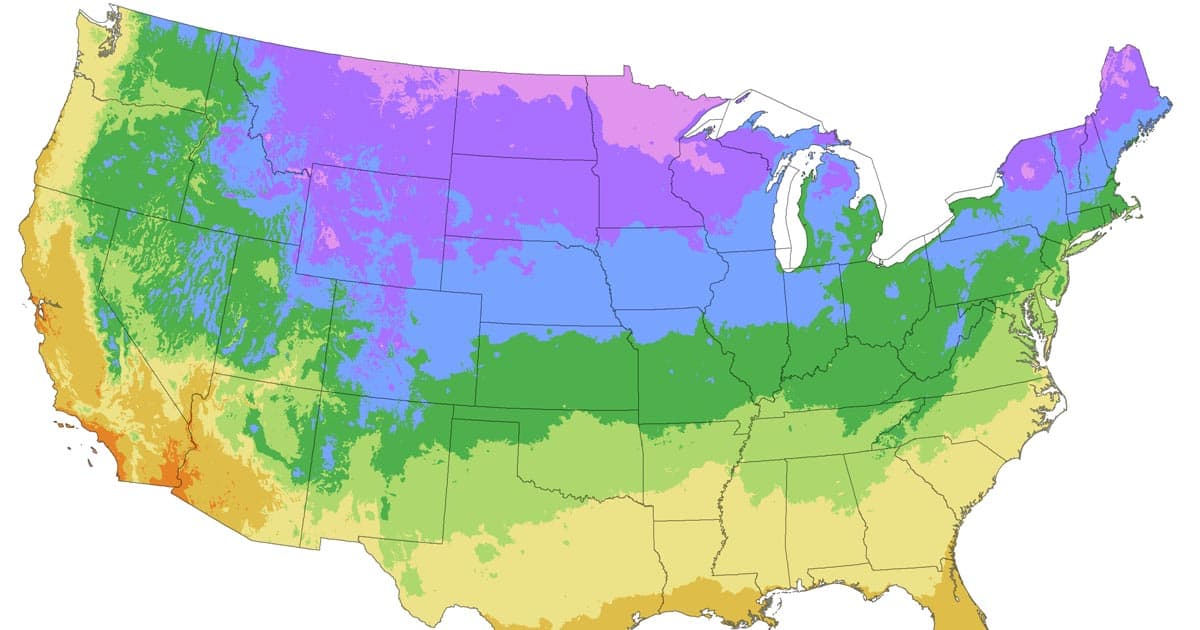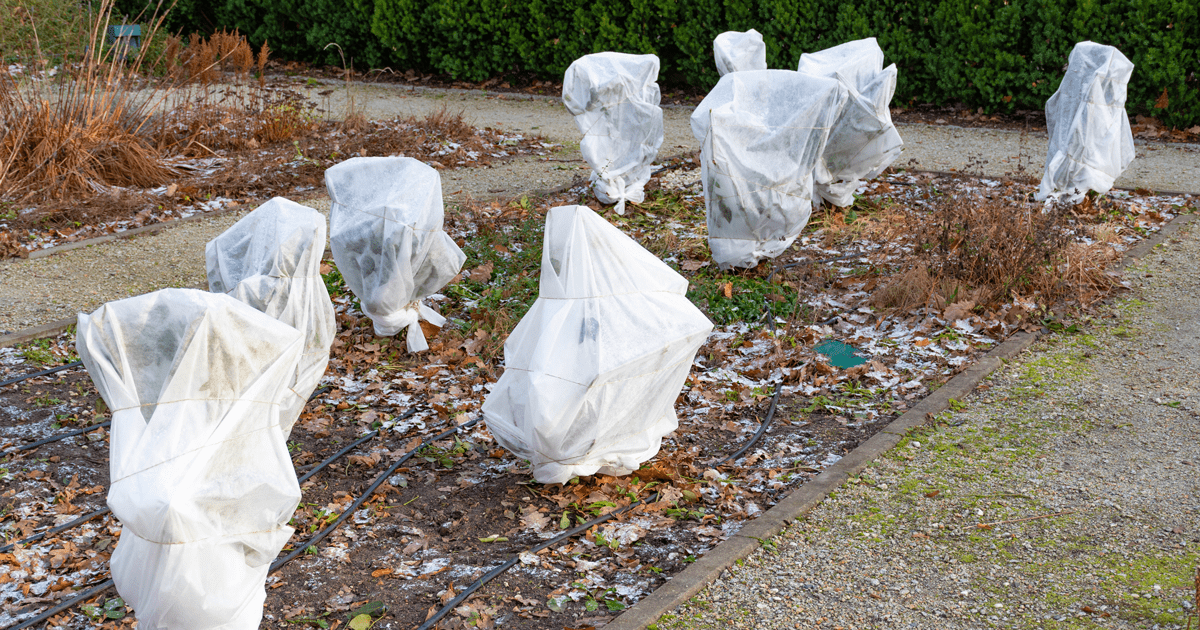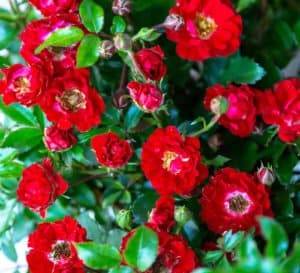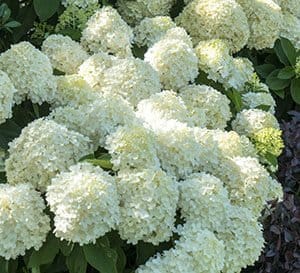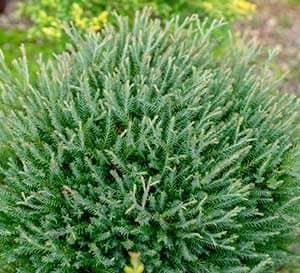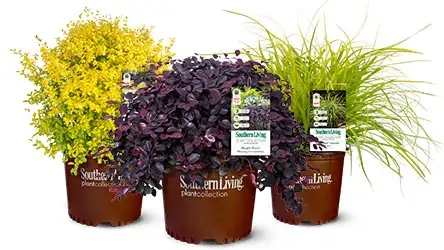By Kim Toscano
When I lived in Michigan a co-worker declared one cold winter day, “I’ll never live anywhere again where I can’t grow camellias.” In the dead of winter, she longed for the winter blooms of her Southern roots. In the horticulture world, we call this zone envy – the desire to grow plants from outside your hardiness zone.
While it may take a bit more work and some forward thinking, gardeners outside the Deep South can certainly enjoy the bounties of traditional “southern” beauties like camellias and gardenias. We’ll start with the simplest methods, then move on to more challenging strategies.
Consider Containers
For my friend in Michigan, our winters were a bit too cold to grow camellias outdoors in winter, but container-grown camellias are always an option. Containers allow you the freedom to bring plants indoors for the winter. However, some plants fare better indoors than others. Plants adapted to a dry season, like agapanthus, salvias, and do well in an unheated sun porch or other sunny, cool space (ideally between 45 and 55 degrees Fahrenheit). Perennials like ‘Sterling Moon’ Lunar Lights™ Begonia or succulents like ‘Color Guard’ Yucca or Skyscaper® Senecio can be grown like houseplants near a warm sunny window.
Dig and Store Tropical Beauties
Northern gardeners are accustomed to digging gladiolas and dahlias for winter storage. Many tropical and sub-tropical plants like ‘Poquito’ Banana, ‘Black Ripple’ Colocasia, and canna can also be stored dormant over the winter. Store these plants as you would dahlias, in a dark, damp location. Basements, root cellars, and unheated garages provide an ideal storage space as long as temperatures remain above freezing.
Growing in Microclimates
I was surprised to find an oleander plant living in a private garden in Oklahoma City. It had been planted in the ground years before and was thriving, despite our cold winters. Oleander plants like Twist of Pink™ are hardy to USDA Zone 8, but Oklahoma City is only zone 7a.
So how did the plant survive? It was growing against a sunny, south-facing brick wall in a protected courtyard above a ravine. The dark red brick held heat from the sun, warming the air and soil, while the courtyard wall directed cold winds down into the ravine. This favorable habitat within a larger climate zone is called a microclimate. By taking advantage of microclimates, you can often push winter hardiness by up to one zone.
Find the perfect niche in your garden for experimenting beyond your hardiness zone.
- Heat Sinks. South-facing walls absorb solar heat while protecting plants from the wind. West-facing walls also receive a great deal of sun, but in certain locations, may be exposed to winter winds. Paved patios and stonework in and around garden beds also absorb and radiate heat, warming surrounding areas.
- Wind Protection. Fences and dense plantings can serve as windbreaks to divert freezing winds. And remember, cold air moves downhill, so protected areas at the top of a slope will be warmer than those that are downhill.
- Mulch Heavily. Some perennials that die back to the ground in winter can be successfully overwintered in cooler climates by piling on the mulch for extra insulation.
Be Ready for Extremes
My garden is in zone 7, but this year, a cold snap drove nighttime temperature to -15 degrees F, which is Zone 5. That freeze, and several nights of below zero temperatures that followed, would have been a death sentence for several of my plants, including DownHome Harvest® ‘Little Miss Figgy’ Fig. Luckily these plants are against my house in a protected courtyard. I covered them with blankets and tarps and crossed my fingers. They came through the cold with little damage. When you push plants beyond the limits, watch for extreme weather events and take precautions when the temperatures dip.
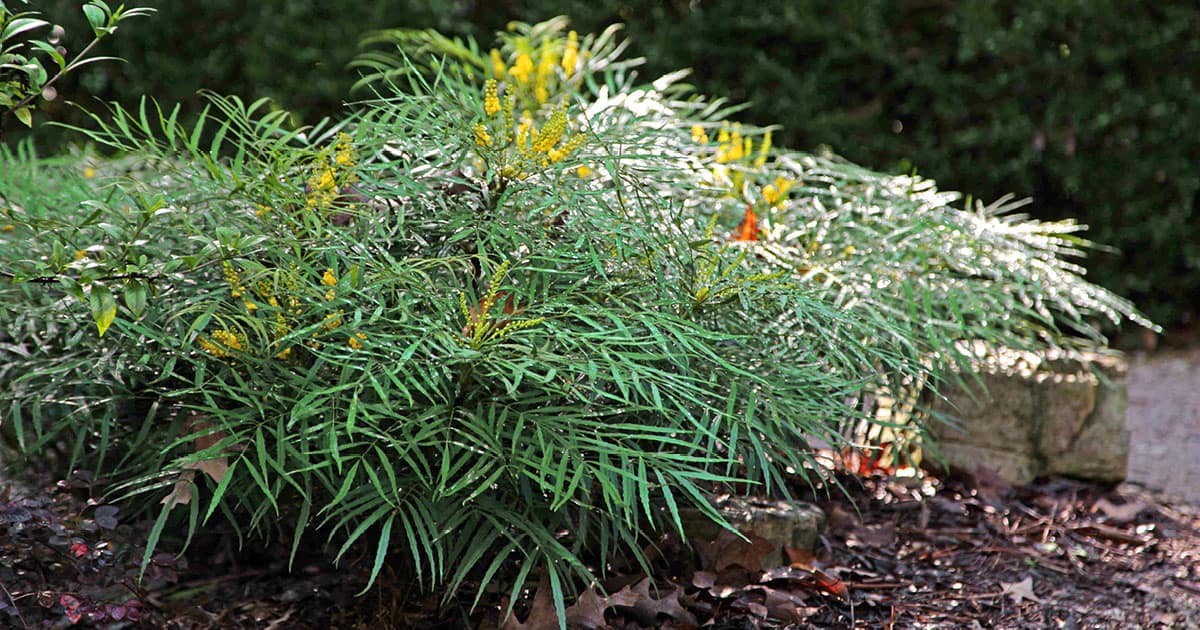
Experiment with Die-Back Plants
Not all the plants in my garden made it through the cold snap unscathed. (I ran out of tarps!) However, some plants readily regrow from their roots when the tops freeze back. I was ever so thankful my ‘Soft Caress’ Mahonia regrew when the freeze killed all but the lowest branches (these were buried in snow). The same is true for my Flirt™ Nandina. When pushing the limits on plants, start with species that can regrow from the base. Figs fit the bill. As do crapemyrtles.
In addition to these strategies for pushing the limits, there are plenty of Southern Living Plants well adapted for northern gardens. Hardy shrubs like Mountain Snow™ Pieris, Pancake™ Arborvitae, It’s a Breeze® Groundcover Rose and White Wedding® Hydrangea are hardy to zone 4, as are heucherellas. Enter your zip code in the “Find Your Zone” tool to discover Southern Living Plants that are hardy to your region.

